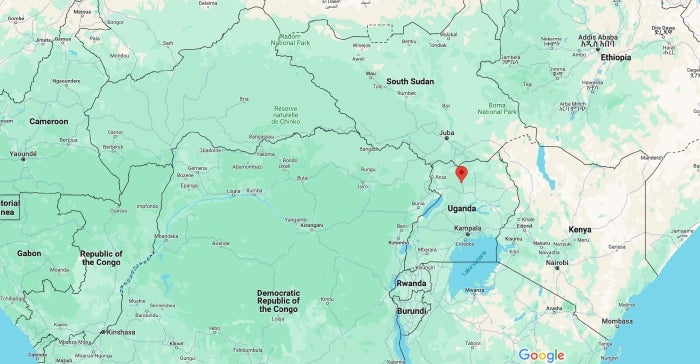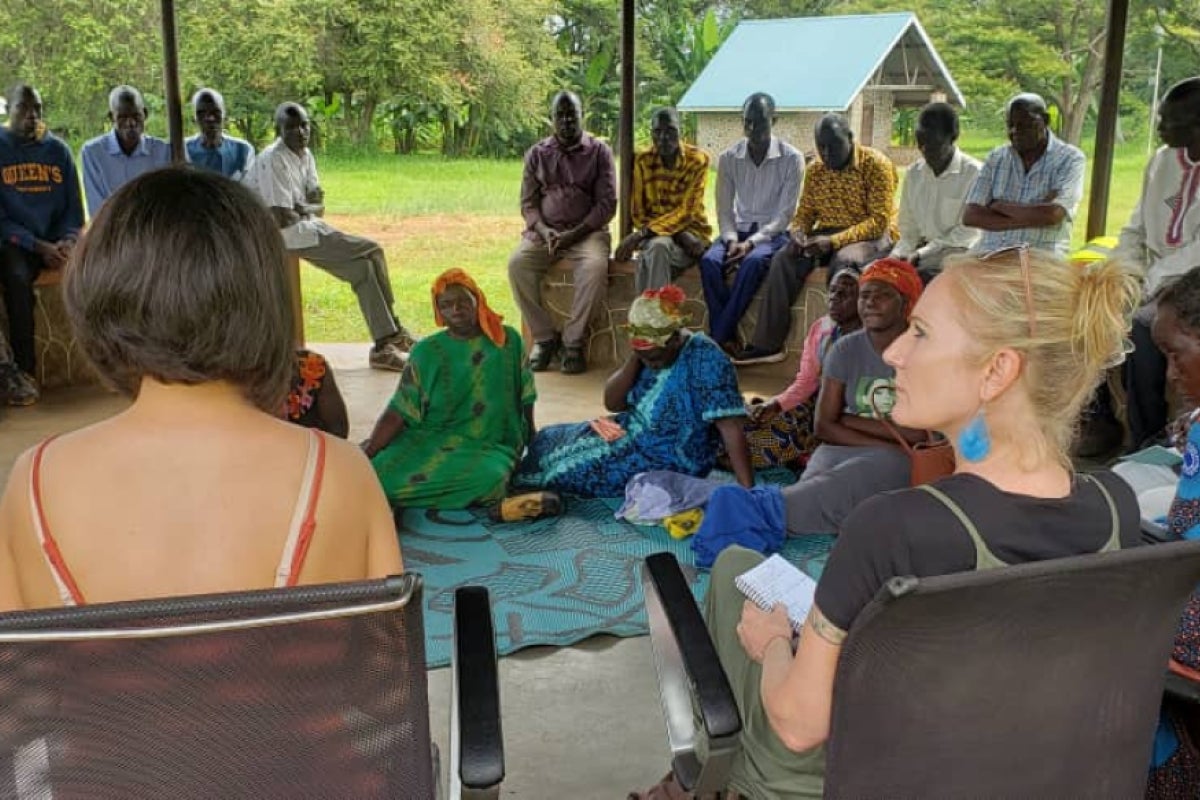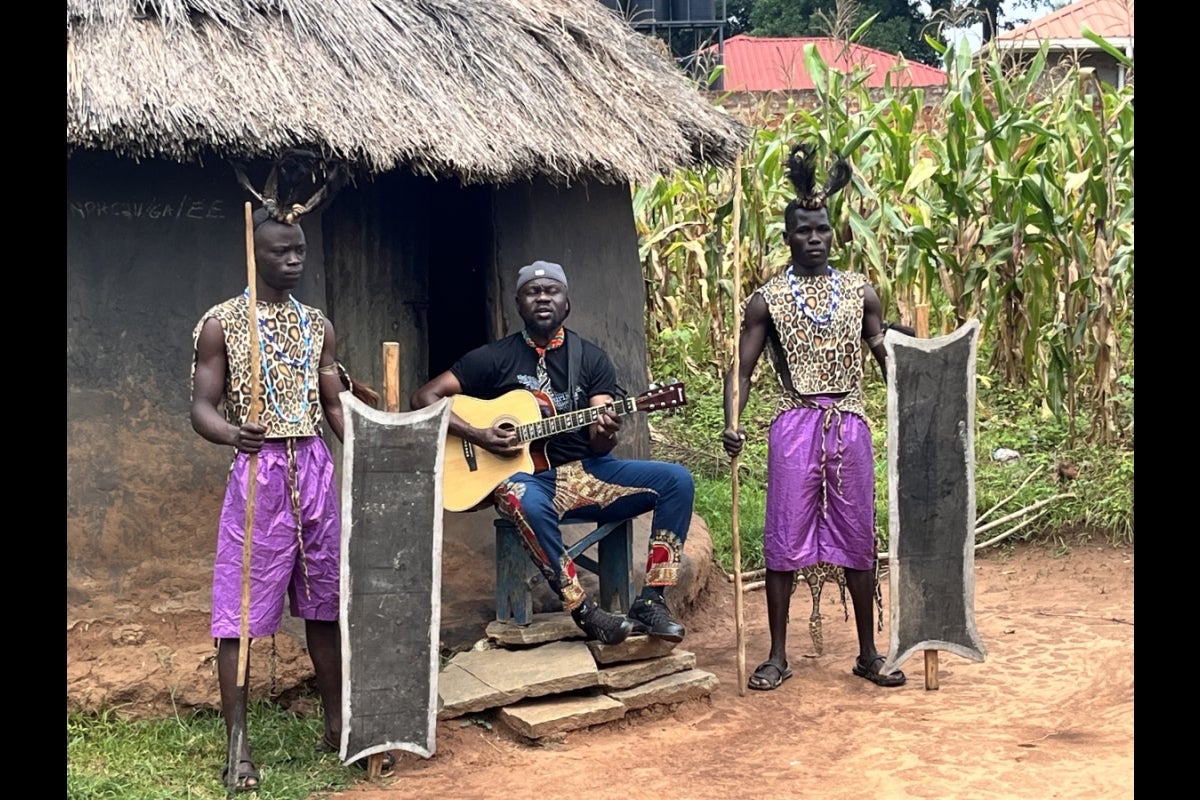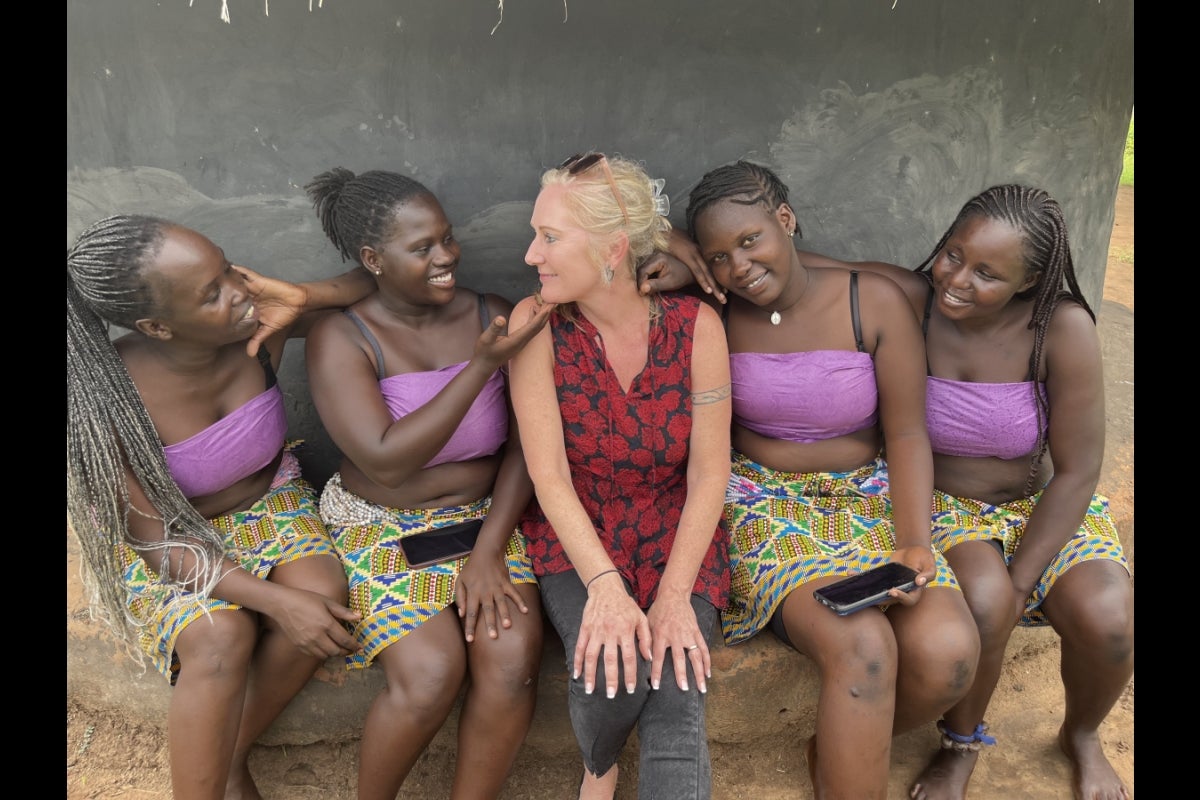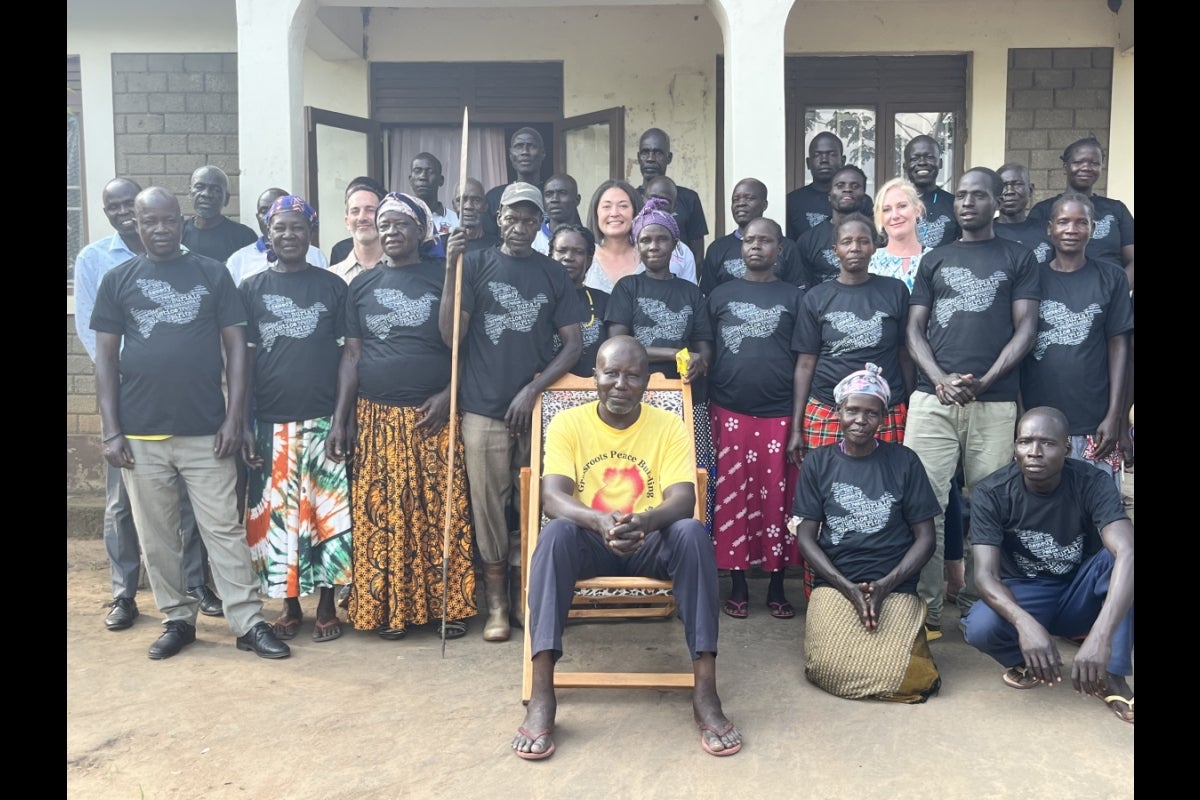ASU professor helps civil war survivors in Uganda properly bury their loved ones
A memorial to some of the 250 victims killed in a massacre by the Lord’s Resistance Army in 1991, Pader District, Uganda. Photo by Jaymelee Kim
Editor's note: This is the final story in a five-part series about ASU faculty conducting summer research abroad. Read about carbon collection in the Namib Desert; a pilot program to address HIV care in Uganda; the world's tallest palm trees in Columbia; and self-reproducing lizards in Mexico.
During a civil war in northern Uganda from 1986–2006 — known as the Lord's Resistance Army insurgency — nearly 500,000 people were massacred.
Most of their bodies were thrown into mass graves, making them difficult to be found, identified and given a proper burial — a situation that intensified suffering for the Acholi community in the post-conflict period, creating mental, spiritual and what Arizona State University Professor Tricia Redeker-Hepner describes as “cosmological ruptures.”
“The improper burials cause many problems,” said Redeker-Hepner, who works in ASU’s School of Social and Behavioral Sciences. “Although the war is long over, neither the dead nor the living can be at peace.”
Since 2010, the political and legal anthropologist and her team have visited Uganda 11 times, working to create site maps of the improper burials using forensic archaeological techniques alongside oral histories of survivors so that the remains can be exhumed and reburied in accordance with local tradition.
They are concluding their research this summer after conducting more than 170 interviews and working with dozens of focus groups.
A music video titled "Ludito Otum," which means “The Elders are Finished,” has been produced as a result of her research, and a book titled “Restless Spirits and Human Remains” is in the works.
Redeker-Hepner spoke to ASU News about her work and the impact it has had on a community more than 9,000 miles away.
Note: Answers have been edited for length and/or clarity.
Question: How did you become interested in the research project in Uganda? What drew you to this work?
Answer: I first visited northern Uganda in 2010 — the site of the 1986–2006 Lord’s Resistance Army civil war — to set up an international service learning and study abroad program. The impacts of the war were immediate and visceral.
More than 90% of the Acholi population had been forcibly displaced into camps. They lost their wealth in land and livestock, and hundreds of thousands were killed or simply disappeared. Many children had been forced to serve as soldiers. As an anthropologist of human rights who had long worked in Africa, I wanted to understand the complexities of the war and its aftermath for the Acholi people.
Q: Your research involved the “cosmological ruptures” caused by improper burials. What does that mean?
A: In Acholi beliefs and practices, cosmological ruptures occur when people die a violent death and their remains are buried away from the homestead. Without proper rituals and in circumstances like warfare, families of victims can’t directly reconcile with the families of perpetrators.
This creates a situation of unhappy dead — restless spirits who exert agency in the world of the living. Survivors might experience this as waking dreams in which they see or hear the spirits of their dead loved ones … or when they come across the bones of an unknown person when farming or building … and experience spirit possession by the unhappy dead person.
People attribute many social and physical ills — from conflict to depression to alcoholism — to these cosmological ruptures and the agency of the unhappy dead. Reburial is a way of healing this cosmological rupture.
Q: How can reburial take place?
A: The goal for survivors is to exhume and rebury remains at the homestead, to repair the cosmological breach between the living and the dead.
One of the big problems they face — in addition to the cost of exhumation and reburial — is finding the lost graves and knowing who is buried where, so the remains can be brought home to their families.
So one of the things we have explored is whether forensic science can help meet survivors’ needs. It has been very important to us that their priorities and cultural norms define how science may be deployed and not the other way around.
Q: What was it like to work with the survivors?
A: Working with survivors has been immensely challenging and rewarding. It is painful to hear the stories of violence and loss and suffering, which continue into the present. Visiting the graves has been solemn and deeply moving.
Over more than 10 years, we have built genuine relationships of trust with communities. They have welcomed us again and again as their partners, friends and collaborators. They have clearly understood that our goal is to support them as they seek justice and reconciliation and on their own terms and not simply to extract information or impose our own interpretations.
They have told us repeatedly that our presence and work is valued, and we feel an immense commitment to continuing to put our skills and resources to work for them. They have also expressed that many researchers have come and gone without ever telling them why and that they appreciate that we have always come back and shared our work with them.
Q: What did your work entail?
A: We have used forensic archaeological techniques to create site maps of the improper burials, combined with oral histories from survivors. We have given these back to the communities to help them maintain records that might assist with future reburials.
The reports and maps constitute an important form of evidence, although it may not be defined as traditionally “forensic.” They validate people’s experiences and may be used to demand compensation from the government, for instance.
Our team has also sensitized local communities to the potential for forensic science to assist in identification of remains, as well as its limitations, and we have provided training to local researchers and medicolegal experts. The goal is to contribute to building local knowledge capacity so communities can empower themselves.
Q: Why are you closing out the project?
A: After 11 years of sustained fieldwork, we are ready to stop data collection and write our book, “Restless Spirits and Human Remains.”
This summer, we returned to the communities to share all of our findings with them and express our appreciation and love. We met in large groups with community members, elders, local councilpeople and chiefs. We brought printed, bound copies of everything we have published, including the site reports of the various burials and left copies with leaders that any community member could access if they wished.
Not everyone is literate in English or Luo, so we also provided more locally resonant forms of dissemination. These included a song we commissioned from a popular Acholi artist, Jeff Korondo, who is also a longtime member of our research team. His song captures the issues that the communities have shared with us. We also worked with him to film a music video.
These will be shared with the communities in northern Uganda and the world.
More Local, national and global affairs

ASU creates pathways to public service careers for military students
The School of Public Affairs at Arizona State University is making careers in public service easier to access for military students.Next year, the school will start holding graduate courses on site…
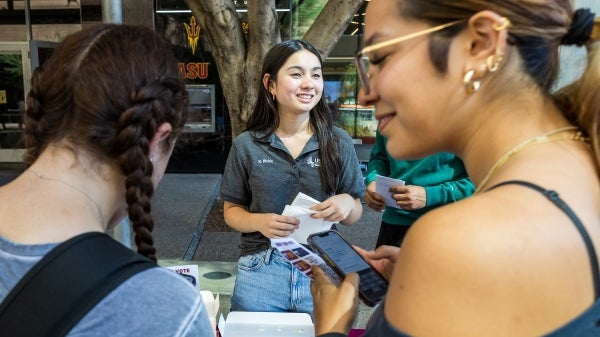
Minting community leaders and stellar citizens: ASU’s Public Service Academy approaches 10-year milestone
Airports that are easier to navigate.Health care that is simple to access.Helping underrepresented youth reach college.These are realities that alumni of Arizona State University’s Public Service…

'War Game' documentary highlights threats of extremism to national security
The riots at the U.S. Capitol on Jan. 6, 2021, were a wake-up call that political divisiveness can turn violent, threatening the peaceful transition of power.Two filmmakers took that real-life…
